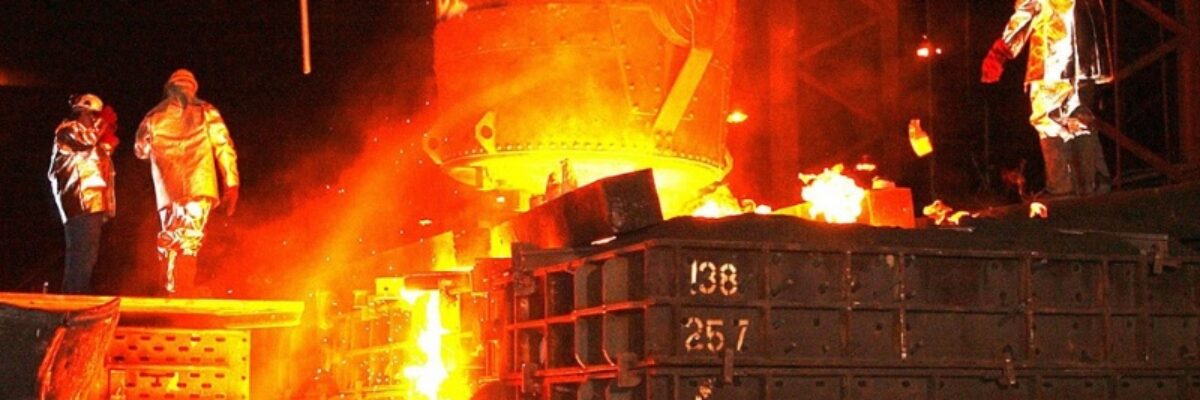On May 23, 2019, the South Coast Air Quality Management District (SCAQMD) conducted Working Group Meeting #6 for Proposed Rule 1480: Air Toxic Metals Monitoring. In the meeting, they covered the process for identifying facilities and presented two examples from the Paramount and Riverside investigations. In Paramount, the SCAQMD identified two metal and heat processing facilities that were contributing to hexavalent chromium emissions. In Riverside, the SCAQMD examined permit records and conducted inspections to identify two cement manufacturing companies that were also contributing to toxic emissions.
Later, SCAQMD released guidelines to start and implement investigations to any facility that exceeds a cancer risk of 100 in 1 million. Additionally, the figure below from SCAQMD Meeting #6 shows a variety of reasons for SCAQMD to initiate ambient air monitoring near a facility.
After these issues are documented, SCAQMD will implement the Four-Step process. The following list outlines Proposed Rule 1480’s Four-Step process for identifying potentially significant sources of Toxic Air Contaminants (TACs).
- Step 1: Identify the facility that is possibly contributing to an air quality issue, which could contain but are not limited to: elevated levels of air contaminant such as nickel, hexavalent chromium, and lead.
- Step 2: Locate the sources causing contamination such as equipment, operations within the facility, and processes.
- Step 3: Determine if the source is capable of generating emissions by utilizing emissions testing, smoke tests, and collection efficiency. If applicable, report the information to SCAQMD.
- Step 4: Determine if the emissions could be released to ambient air by looking for openings where cross draft could occur.
Under the currently proposed framework, facilities that receive a Notice of Findings from SCAQMD must submit additional information regarding consideration, such as toxic emission sources, air pollution control devices, building enclosures, and publicly accessible areas, within 30 days. Additionally, the facility must either schedule a meeting or decline to meet with an officer within 14 days, and develop an Air Toxics Metals Monitoring and Sampling Plan within 90 days.
The development and implementation of the metals monitoring and sampling plan will result in significant capital and recurring costs. In order to avoid identification of a Potentially Significant Source, facilities can develop best management practices and/or invest in emissions controls to reduce emissions of TAC metals.
The next Proposed Rule 1480 Working Group Meeting is scheduled for August 6th in the SCAQMD Headquarters located at 21865 Copley Drive Diamond Bar, CA 91765 in conference room GB at 10am. At this meeting, staff will provide additional details on monitoring costs and discuss key issues in the rule development process.
For any questions or guidance on air quality regulations, please contact Chris Waller at Chris.Waller@altaenviron.com or info@altaenviron.com.


